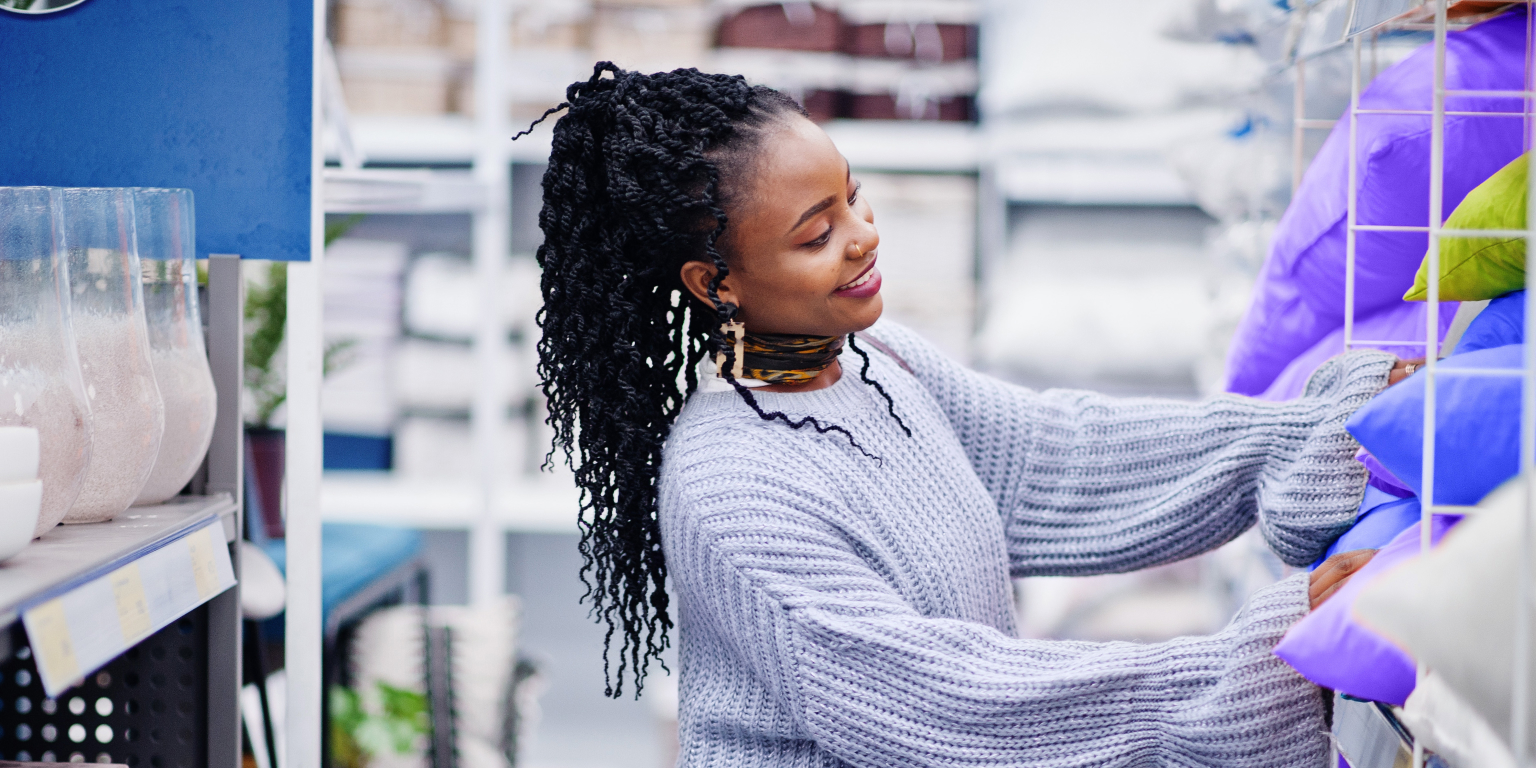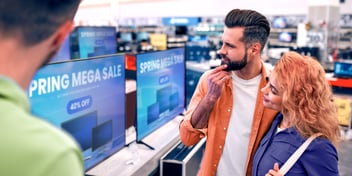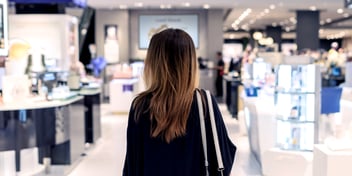Economic uncertainty, supply chain disruptions, talent shortages, rising inflation, and the cost of living in general continue to influence consumer shopping habits. Chances are good that this won’t change for the remainder of 2023 — and will likely carry over into 2024.
If this isn’t reason enough to encourage retailers and brands to rethink their strategies going forward, there’s also the matter of Gen Z. Many members of this generation are now financially independent adults, and they have a penchant for both saving and splurging. According to a recent survey, this generation will scrimp on some purchases to afford luxury fashion and beauty products and high-quality home goods. Adding further complexities to the retail landscape is technology — or, more specifically, how consumers interact with technology, which has changed the way people shop.
While consumer behavior always seems to be in a state of flux, it can still be difficult to navigate the wider forces affecting the retail industry. As usual, the best way to predict future behavior is to look at the past.
With that in mind, here’s a review of some of the lessons both retailers and brands can learn from shopping habits over this past year.
How to Improve In-Store Shopping Experiences
Technological advances are reshaping where, when, and how consumers shop.
The internet, in particular, now fully complements the in-store shopping experience offered by many retailers, with 96% of consumers starting their in-store shopping journey online in 2022 and 56% of consumers relying on their smartphones to research or shop for items while in brick-and-mortar establishments. What’s more, 66% of U.S. smartphone users are predicted to download at least one retail app in 2024, presenting a major opportunity for retailers if handled appropriately.
Just this past year, a major electronics retailer used Rockbot to launch a marketing initiative within its various locations. Utilizing QR codes together with messaging on in-store display screens allowed shoppers to pull up additional product information, sale pricing, inventory availability, and more with their phones, bringing the convenience of digital shopping into the in-person shopping experience.
Mobile has become a key component of the customer experience in retail, especially where sales reps have limited knowledge about the inventory on the floor. Shoppers can scan products to get additional information, read reviews, and see overall ratings.
Reaching Your Entire Audience With In-Store Media
Timely in-store ads have long been proven to drive sales lifts for almost all retailers. Part of this has to do with consumers already being in an active shopping mindset.
For example, a major grocery retailer that our company works with recently tested an in-store audio ad for a prepared meal option within select stores. Naturally, the timing of the ad was set for both the afternoon and dinner rush, and the lift was better than expected, driving the sellout of that item in those stores. The ad was also made intentionally high-quality so that it didn’t sound like an infomercial or an employee yelling, “Sale in aisle three!” over the loudspeaker.
Investing in production is key for these types of messages to be persuasive. This is especially true when most impulse purchases occur in the store: According to one survey, 79% of shoppers make impulse purchases in-store, while only 58% make them online. High-quality product displays, signage, and audio messaging within the store can increase the likelihood of these purchases because the sense of urgency is greater as well as the immediate gratification of walking out of the store with the item in hand.
Enabling a Seamless Shopping Journey
Staffing is a problem in the retail industry, with 63% of retailers currently operating with a deficit in frontline workers. The solution is technology, and it doesn’t stop at self-checkouts. What retailers should explore is experiential retailing, where they offer a mix of endcap display digitization, interactive demos, in-store mobile app experiences, and a host of other design features.
Think again about smartphones: They shouldn’t just be a path to compare prices or purchase from another retailer. Mobile can deliver the hybrid shopping experience that many consumers now expect. Take Lowe’s, for example. Its mobile app doubles as a map that tells customers almost exactly where they can find specific items in the store. While this might not seem like a significant functionality, it benefits everyone — customers and employees alike — because it can help stores eliminate some of the issues caused by staffing challenges.
The internet didn’t kill in-store shopping, but technology continues to change it. Among all the current consumer shopping habits, the areas deserving the most focus are those listed above. Each one can have a huge impact on the customer experience and retail sales. However, these are just the start. There is a myriad of tactics that can make an impact. Ultimately, it all comes down to understanding the customer base and then giving shoppers exactly what they are looking for.
To learn more about how Rockbot can help you take advantage of digital retail industry trends to augment your in-store shopping experiences, visit our website.






